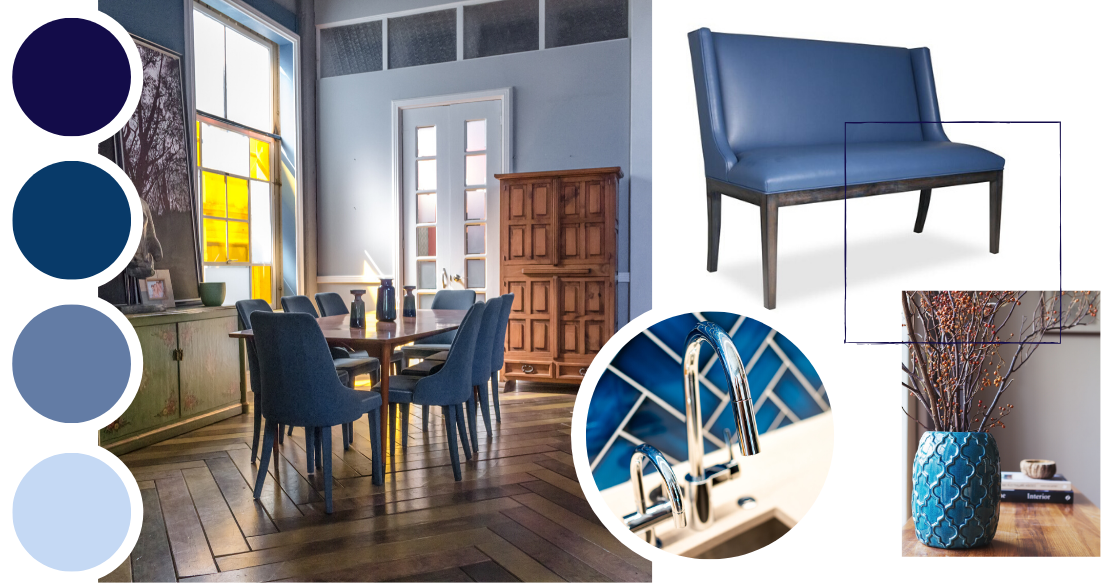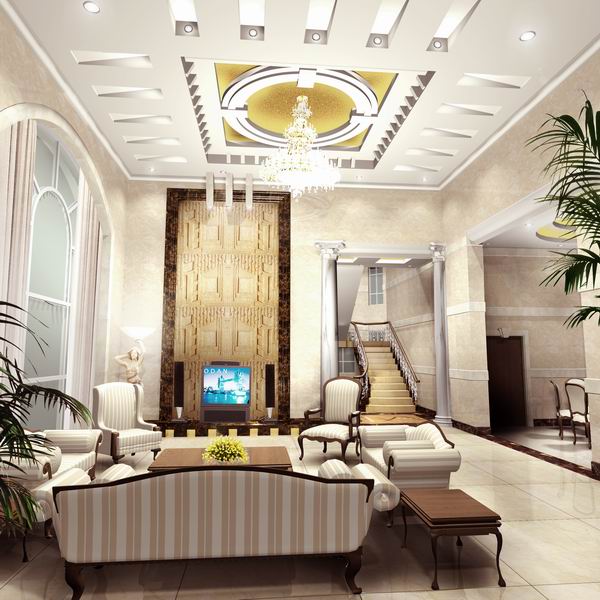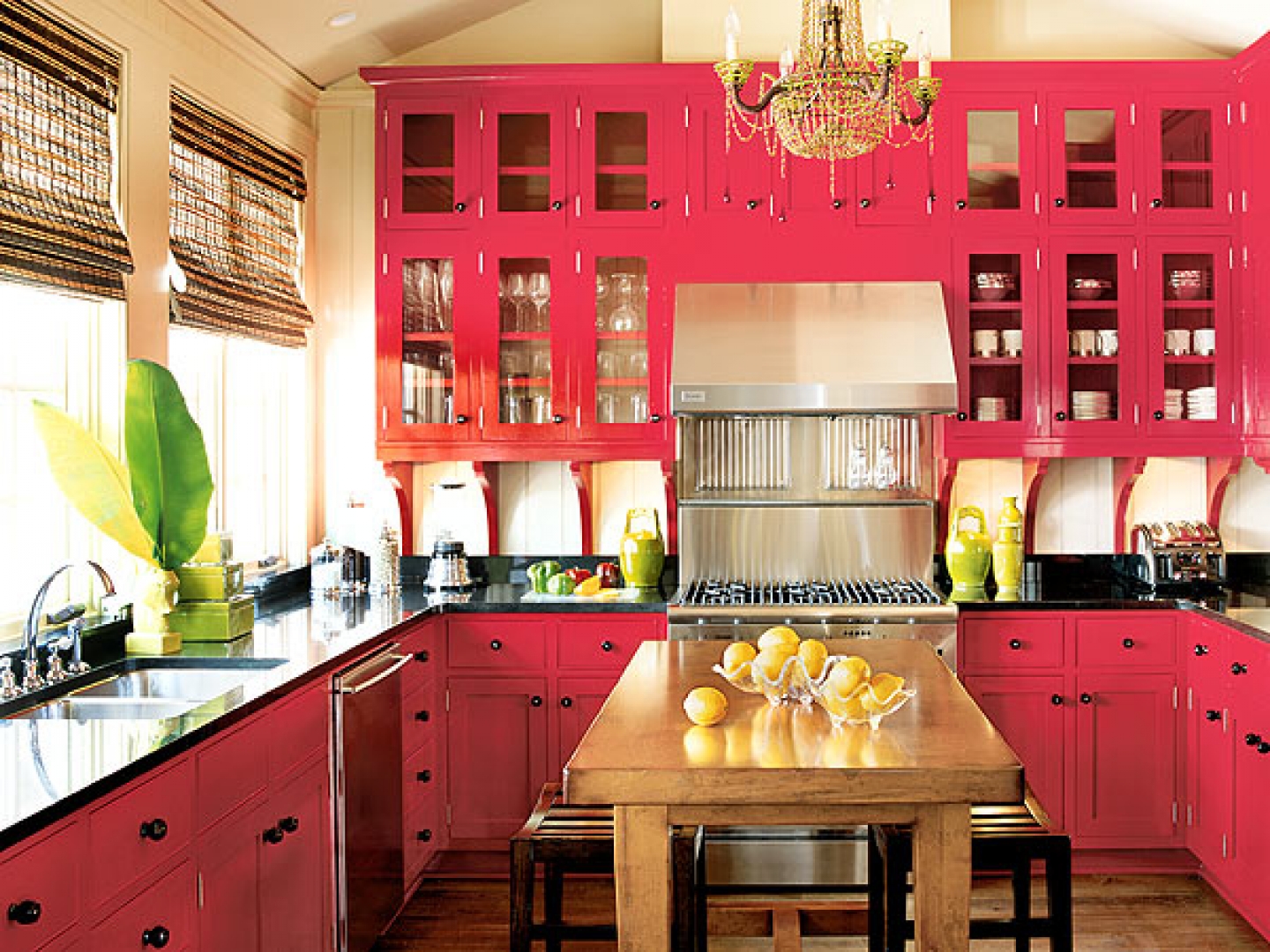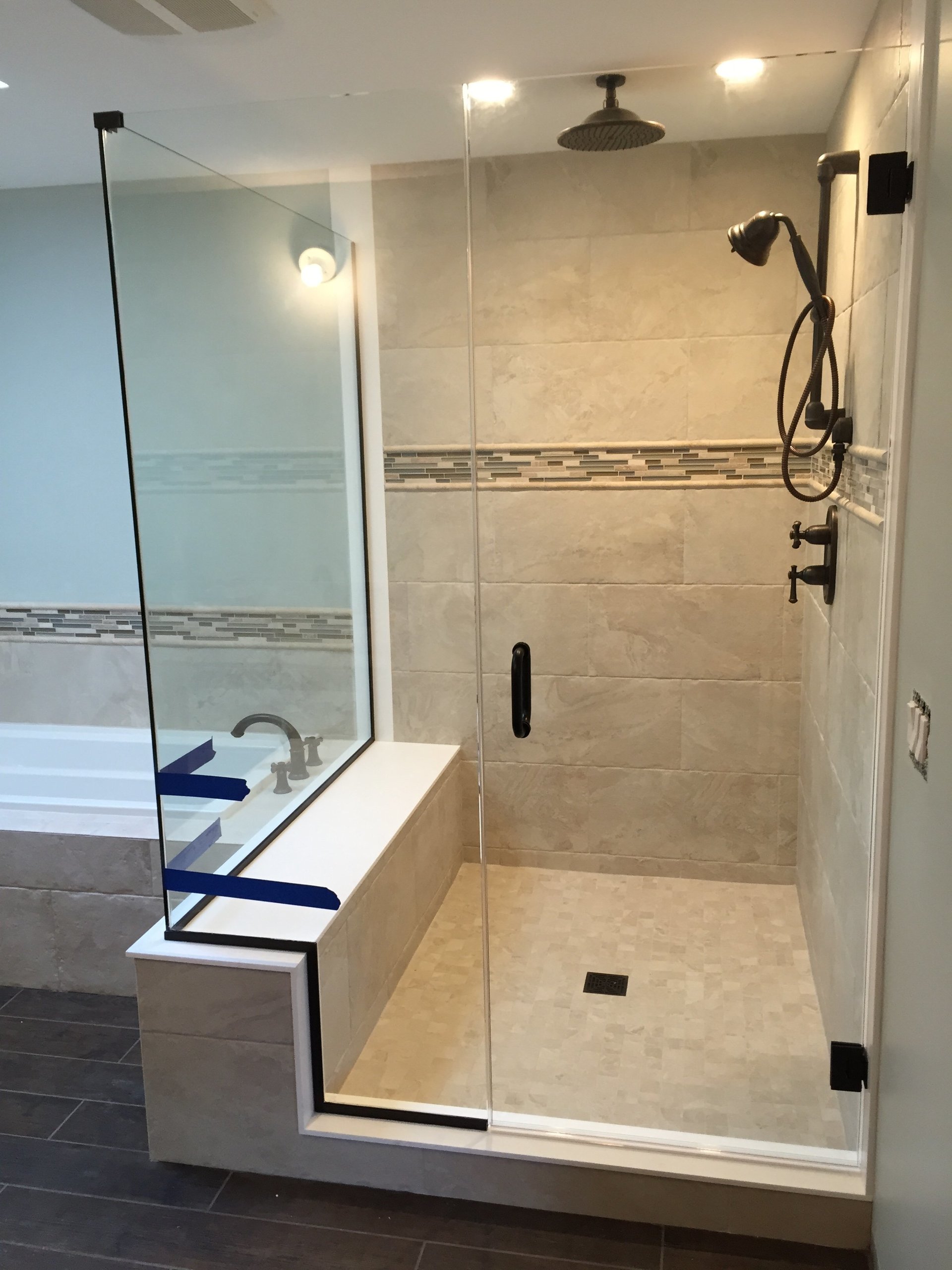And, she says, it can help interior designers and those of us who are trying to decorate our own homes, narrow down the colours we want to use. • what evokes one reaction in one person may evoke a very different reaction in somone else.
Colour Psychology Interior Design, Color psychology is a cornerstone element of interior design for aesthetic purposes, but also to fully optimize each. Make confident and concise design decisions that are right for you, everytime.

It also represents determination and courage. Colour affects us on every level: Color therapy uses yellow color shades to make people smile and feel joyful. It also represents determination and courage.
Colour psychology is not the same as colour symbolism.
Let’s now look at what each color represents and how you can use them. How to use colour psychology in interior design 1. Colour psychology is used widely in branding and marketing but it’s also a powerful interior design tool that arguably has more of an impact on the mood of a room than any other factor. The psychology of color is used around us every day and is an important tool for transmitting information. Even swiss psychologist, carl jung, defined the four temperaments in terms of colors: Whilst the science behind colours and how they make us feel is still in the early stages of research, in marketing, colour psychology is all about context.
 Source: pinterest.com
Source: pinterest.com
Color therapy uses yellow color shades to make people smile and feel joyful. Color, color in interior design, color psychology, design, interior design, the power of color david berty david grew up loving all kinds of narrative arts, it made him realize that everything revolves around, and ends up being a story. Bringing psychology into interior design can help you.
 Source: nativainteriors.com
Source: nativainteriors.com
What is color psychology in interior design? Colour is the first thing that our brain registers before, shapes or words or texture. The iconic red red is one of the passionate choices you can go for. Similarly, in interior design, the colors of the interior can affect your psychology. Colour psychology is not the same as colour symbolism.
 Source: readersdigest.ca
Source: readersdigest.ca
Different shades evoke certain emotions so, when choosing your colours, it’s important to consider the kind of atmosphere you wish to create and which colours will help you achieve this. Helping clients with colour psychology. A brightly colored playground evokes feelings of joy and youthfulness. Colour and human • colours in design are very subjective. Colour psychology is not the.
 Source: borealabode.com
Source: borealabode.com
We see color based on how light reflects off of a surface. It also represents determination and courage. Harmonise colour palettes with ease, creating flow throughout your house. Color psychology is the theory that colors can affect how you feel, think and act. • colors affect different people, either individually or as a group.
 Source: pinterest.com
Source: pinterest.com
The psychology of color is used around us every day and is an important tool for transmitting information. How to use colour psychology in interior design 1. A red stop sign prompts you to stop and look around; The solid red is a vibrant color that brings out emotions like love, and joy. Different shades evoke certain emotions so, when.
 Source: icecreaminspiration.com
Source: icecreaminspiration.com
Bold colors and exciting feelings in this foyer by decorilla designer, sonia c. That is, it relates to how tones affect the human brain. Color psychology in interior design is about the close connection between colors and emotion. Blue is one of the three primary colours (red and green being the other two). Avoid using it in large amounts as.
 Source: hutsly.com
Source: hutsly.com
A brightly colored playground evokes feelings of joy and youthfulness. The iconic red red is one of the passionate choices you can go for. Different shades evoke certain emotions so, when choosing your colours, it’s important to consider the kind of atmosphere you wish to create and which colours will help you achieve this. Color psychology is a cornerstone element.
 Source: pinterest.com
Source: pinterest.com
Colour psychology has been used in a manner of fields, from marketing to interior design, and it is easy to understand why. Let’s now look at what each color represents and how you can use them. And even neutrals such as grey, cream and beige still play an important role within colour psychological choices. Color therapy uses yellow color shades.
 Source: pinterest.com
Source: pinterest.com
Colour psychology talks about the influence of colors in interior design. In the interior design sphere, it relates to the colours you pick to decorate your home — from walls to accessories — and how they can influence you. Bold colors and exciting feelings in this foyer by decorilla designer, sonia c. Since learning more about colour psychology fiona says.
 Source: pinterest.com
Source: pinterest.com
Colour is the first thing that our brain registers before, shapes or words or texture. With just the use of colors, you can transform your indian household into the best space for you to think, feel and act! Make confident and concise design decisions that are right for you, everytime. Bold colors and exciting feelings in this foyer by decorilla.
 Source: pinterest.com
Source: pinterest.com
Understand your personal colour preferences and their effect on your emotions. Different shades conjure various emotions so when debating on which hues to choose for your home it’s key to think about the kind of atmosphere you want to create and which colours will. That is, it relates to how tones affect the human brain. Different shades evoke certain emotions.
 Source: hutsly.com
Source: hutsly.com
Different shades evoke certain emotions so, when choosing your colours, it’s important to consider the kind of atmosphere you wish to create and which colours will help you achieve this. Make confident and concise design decisions that are right for you, everytime. Interior decorating with yellow color is associated with warm and happy things in life. The psychology of color.
 Source: equimdesigns.com
Source: equimdesigns.com
Sunshine yellow, earth green, cool blue, and fiery red. Color, color in interior design, color psychology, design, interior design, the power of color david berty david grew up loving all kinds of narrative arts, it made him realize that everything revolves around, and ends up being a story. A red stop sign prompts you to stop and look around; Colour.
 Source: luxdeco.com
Source: luxdeco.com
Helping clients with colour psychology. The iconic red red is one of the passionate choices you can go for. The yellow interior design color creates a sense of warmth and coziness, and it is a trendy wall paint color. Understand your personal colour preferences and their effect on your emotions. Sunshine yellow, earth green, cool blue, and fiery red.
 Source: hutsly.com
Source: hutsly.com
Since learning more about colour psychology fiona says she has been able to predict what colours a client will choose and why when it comes to creating a brand identity. The psychology of color is used around us every day and is an important tool for transmitting information. Color, color in interior design, color psychology, design, interior design, the power.
 Source: pre-tend.com
Source: pre-tend.com
• what evokes one reaction in one person may evoke a very different reaction in somone else. But beyond imagining how colors will look together and work in your home, it’s important to consider how they make you feel. The psychology of color is used around us every day and is an important tool for transmitting information. Interior design color.
 Source: mobiushome.co.uk
Source: mobiushome.co.uk
Interior design color psychology 101. Different shades conjure various emotions so when debating on which hues to choose for your home it’s key to think about the kind of atmosphere you want to create and which colours will. Colour psychology has been used in a manner of fields, from marketing to interior design, and it is easy to understand why..
 Source: borealabode.com
Source: borealabode.com
How to use color psychology in interior design. Both these emotions represent some form of. A brightly colored playground evokes feelings of joy and youthfulness. The rainbow represents the spectrum of hues that the human eye can see: The psychology of color is used around us every day and is an important tool for transmitting information.
 Source: designlike.com
Source: designlike.com
• colors affect different people, either individually or as a group. Interior design color psychology 101. Both these emotions represent some form of. It’s been widely practiced in art, graphic design and marketing to engender specific feelings in consumers. Some say it’s an ancient science.
 Source: nativainteriors.com
Source: nativainteriors.com
Identifying colors is one of the first things we learn as children. Helping clients with colour psychology. Colour is the first thing that our brain registers before, shapes or words or texture. Different shades evoke certain emotions so, when choosing your colours, it’s important to consider the kind of atmosphere you wish to create and which colours will help you.
 Source: pinterest.com
Source: pinterest.com
Interior design color psychology 101. The solid red is a vibrant color that brings out emotions like love, and joy. Colour psychology talks about the influence of colors in interior design. Sunshine yellow, earth green, cool blue, and fiery red. Colour psychology is a powerful interior design tool that impacts the mood of a room more so than any other.
 Source: pinterest.com
Source: pinterest.com
Colour psychology talks about the influence of colors in interior design. Color is a fundamental building block of interior design. For example, blue is used in more corporate marketing collateral, and red is used as a call to action. Color psychology is the theory that colors can affect how you feel, think and act. Selecting the right interiors colours for.
 Source: borealabode.com
Source: borealabode.com
For example, blue is used in more corporate marketing collateral, and red is used as a call to action. The iconic red red is one of the passionate choices you can go for. Interior design color psychology 101. Sunshine yellow, earth green, cool blue, and fiery red. Red, orange, yellow, green, blue, indigo, and violet.
 Source: pinterest.com
Source: pinterest.com
Sunshine yellow, earth green, cool blue, and fiery red. There are different ways to arrive at the correct colour palette destination. Colour psychology is a cornerstone element of interior design for aesthetic purposes, but also to fully optimize each space based on the feelings and emotions each colour invokes. Colour psychology is not the same as colour symbolism. Both these.
 Source: pinterest.co.uk
Source: pinterest.co.uk
Different shades conjure various emotions so when debating on which hues to choose for your home it’s key to think about the kind of atmosphere you want to create and which colours will. Make confident and concise design decisions that are right for you, everytime. Colour affects us on every level: Similarly, in interior design, the colors of the interior.








